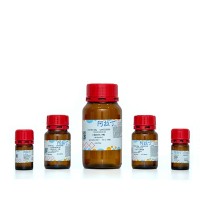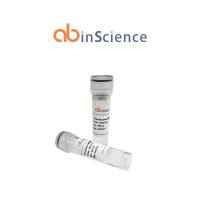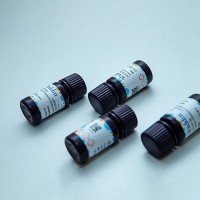Detection of Cell Proliferation and Cell Fate in Adult CNS Using BrdU Double-Label Immunohistochemistry
互联网
508
Traditionally, qualitative and quantitative detection of cell proliferation in the central nervous system (CNS) has been performed
using tritiated thymidine autoradiography. In more recent years immunohistochemical detection of the thymidine analog 5-bromo-2′-deoxyuridine
(BrdU), which gets incorporated into DNA during the S-phase, has been used to detect proliferating cells in many tissues including
brain (1
). Single-stranded DNA with incorporated BrdU can then be detected using specific monoclonal antibodies raised against BrdU.
The antibody staining can be readily identified in the nucleus, and the distribution can vary from a punctate pattern to homogeneous
staining within the nucleus (2
) (see
Fig. 1
).


Fig. 1.
BrdU and GFAP double immunohistochemistry. Immunolabeled sections from animals collected 10 d post-MPTP/7d post-BrdU injection
(4
). BrdU-positive cells can be seen in both substantia nigra (A
) and striatum (B, C
). Examples of punctate (small arrow
) and smooth (large arrow
) nuclear profiles are shown. Cells double labeled with BrdU, in the nucleus, and GFAP, in the cytoplasm (arrowhead
, B, C
) are indicated.









